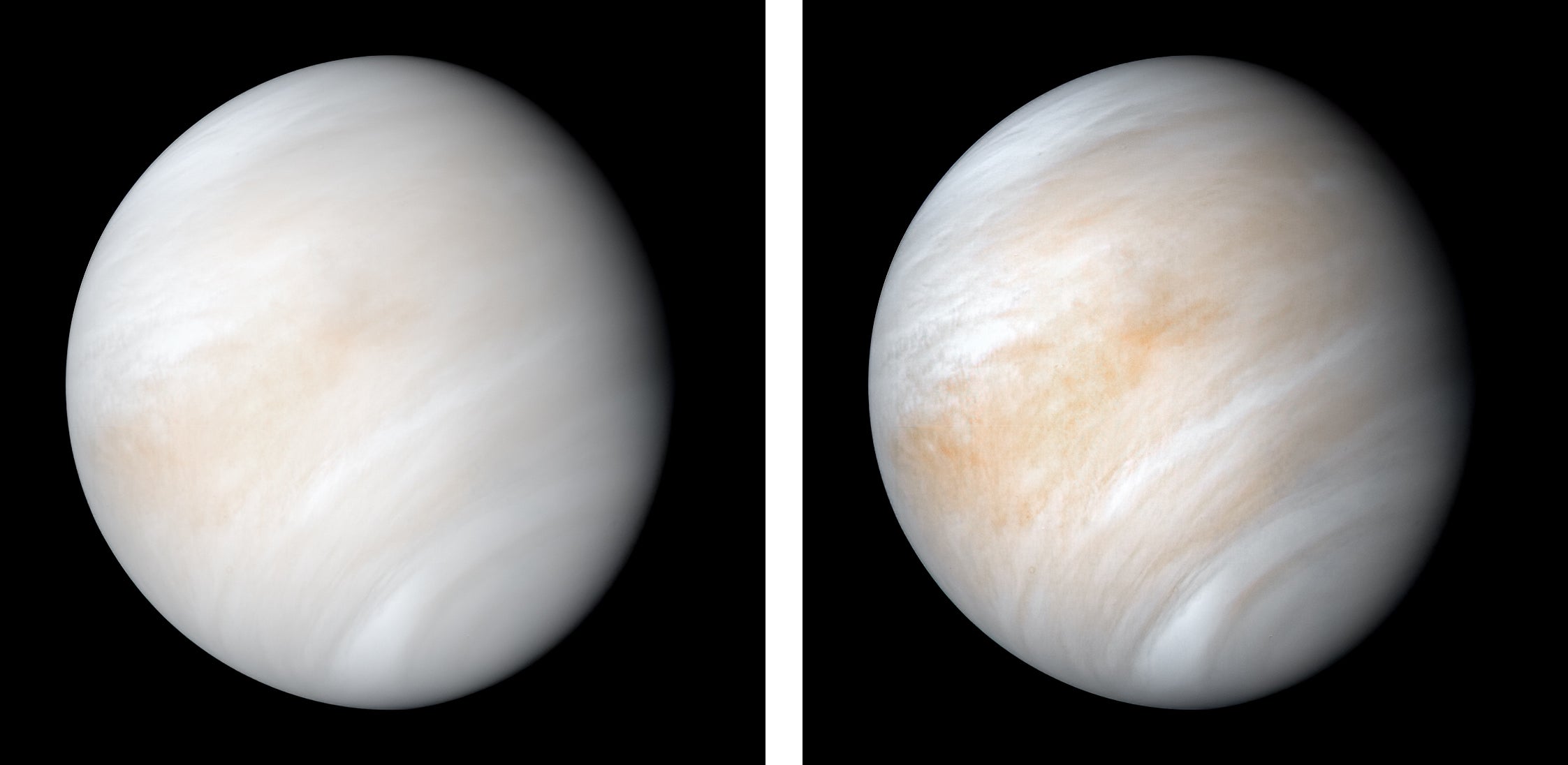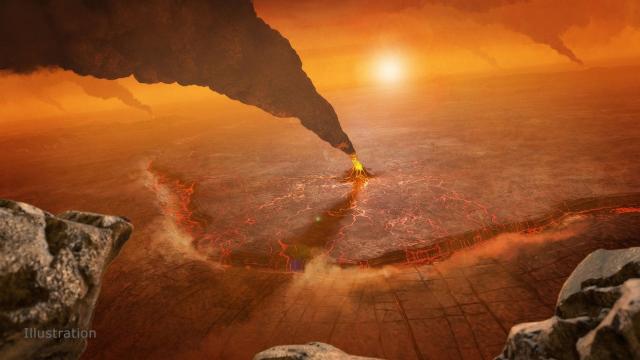NASA announced Wednesday that two missions will visit Venus by the end of this decade, the first direct exploration of the hot planet since 1994. One spacecraft is set to orbit Venus, mapping it and studying it from above, while the other will attempt to land on the surface, sampling the planet’s atmosphere as it descends to understand its chemical composition. The missions are the latest to come out of NASA’s Discovery Program, which is essentially an in-house incubator for planetary science missions.
“These two sister missions both aim to understand how Venus became an inferno-like world capable of melting lead at the surface,” said NASA administrator Bill Nelson in a press conference today. “They will offer the entire science community the chance to investigate a planet we haven’t been to in more than 30 years.”
DAVINCI+ is short for the Deep Atmosphere Venus Investigation of Noble gases, Chemistry, and Imaging Plus, and VERITAS, besides being Latin for “truth,” is short for the Venus Emissivity, Radio Science, InSAR, Topography, and Spectroscopy. DAVINCI+ will probe the planet’s atmosphere to understand its chemistry, while the primary goal of VERITAS will be to learn how Venus evolved into such a hellscape, with surface temperatures of nearly 900 degrees Fahrenheit and an atmosphere so heavy it would crush you. While today’s press conference didn’t mention any hunt for alien organisms, NASA has previously broached the tantalising possibility of microbial life floating around in Venus’ atmosphere, and a controversial finding last year suggested a gas associated with life might be present there. As reported by The New York Times, the study prompted then-administrator Jim Brindenstine to say “it’s time to prioritise Venus.” And now, NASA has.
These missions beat out two other proposals: Trident and the Io Volcanic Observer, which proposed to make a flyby of Neptune’s largest moon and conduct 10 flybys of Jupiter’s moon Io, respectively, as previously reported by Gizmodo. DAVINCI+ and VERITAS will be added to the future Discovery Program docket, which currently includes the Lucy and Psyche missions to explore Trojan asteroids near Jupiter and a metal-rich asteroid that orbits past Mars. A NASA press release published alongside the agency’s televised announcement today slated the two probes to launch sometime between 2028 and 2030. The two currently active Discovery Program missions are the Lunar Reconnaissance Orbiter and the InSight lander on Mars.

“These two sister missions both aim to understand how Venus became an inferno-like world capable of melting lead at the surface,” said Nelson. “They will offer the entire science community the chance to investigate a planet we haven’t been to in more than 30 years.”
Previously, the Soviet Venera missions observed and landed on Venus between 1961 and 1983, and NASA’s Pioneer probes made the trek in 1978. One probe survived atmospheric entry and sent data back to Earth for over an hour before expiring. NASA’s most recent foray around Venus was the Magellan mission launched in 1989, which plunged into the Venusian atmosphere in a final blaze of glory in 1994.
Our solar system offers no shortage of intriguing places to explore, but NASA’s decision to invest in Venus — a muggy, blazing world that could be seen as the inverse of Mars’ frigid, dry wasteland — signifies its commitment to better understanding how Earth became an oasis for life, while its nearest planetary partners (as far as we know) did not.
“We will continue to push the boundaries of space exploration through science missions,” Nelson said. “We will do all of this and more, because that’s what NASA does, and no one does it better.”
